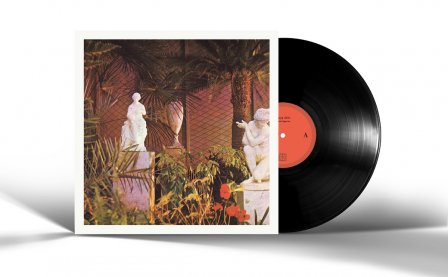When you crack a glow stick, it illuminates. Here is how that happens:
A glow stick works by means of chemiluminescence. The disposable tube contains two different chemical solutions that illuminate on contact when mixed. When you “crack” a glow stick, the two liquids are released from their respective containers and the mechanism of illumination begins.
The glow stick container consists of a flexible outer container that encases a brittle, easily breakable inner container (usually thin glass). Typically, the outer container contains a mixture of sodium salicylate (which acts as the base catalyst), a dye (sensitizer or fluorophor), and diphenyl oxalate. The glass vial (suspended in the outer mixture) usually contains hydrogen peroxide.
When you “crack” the glow stick, the hydrogen peroxide in the glass vial mixes with the phenyl oxalate ester, initiating an exothermic chemical reaction that yields two moles of phenol and one mole of peroxyacid ester. The peroxyacid then rapidly decomposes to carbon dioxide, exciting the dye, which releases photons.
Most of this chemical energy is released as light (not heat), which makes glow sticks useful for both recreational activities and EMS/emergency operations.
I like to imagine the song “Phantom Limbs” by Tsembla (Finland-based, frequent Kemialliset Ystävät collaborator & one half of the duo Ahti & Ahti) as a sonic version of the above process. In a new video for the song, a small group of people stand under dim light playing with glow sticks, exemplifying the recreational activity that can ensue after the above process occurs. Stream the video above, and check out Tsembla’s latest album The Hole in the Landscape, released last May on NNA Tapes.
More about: Tsembla


